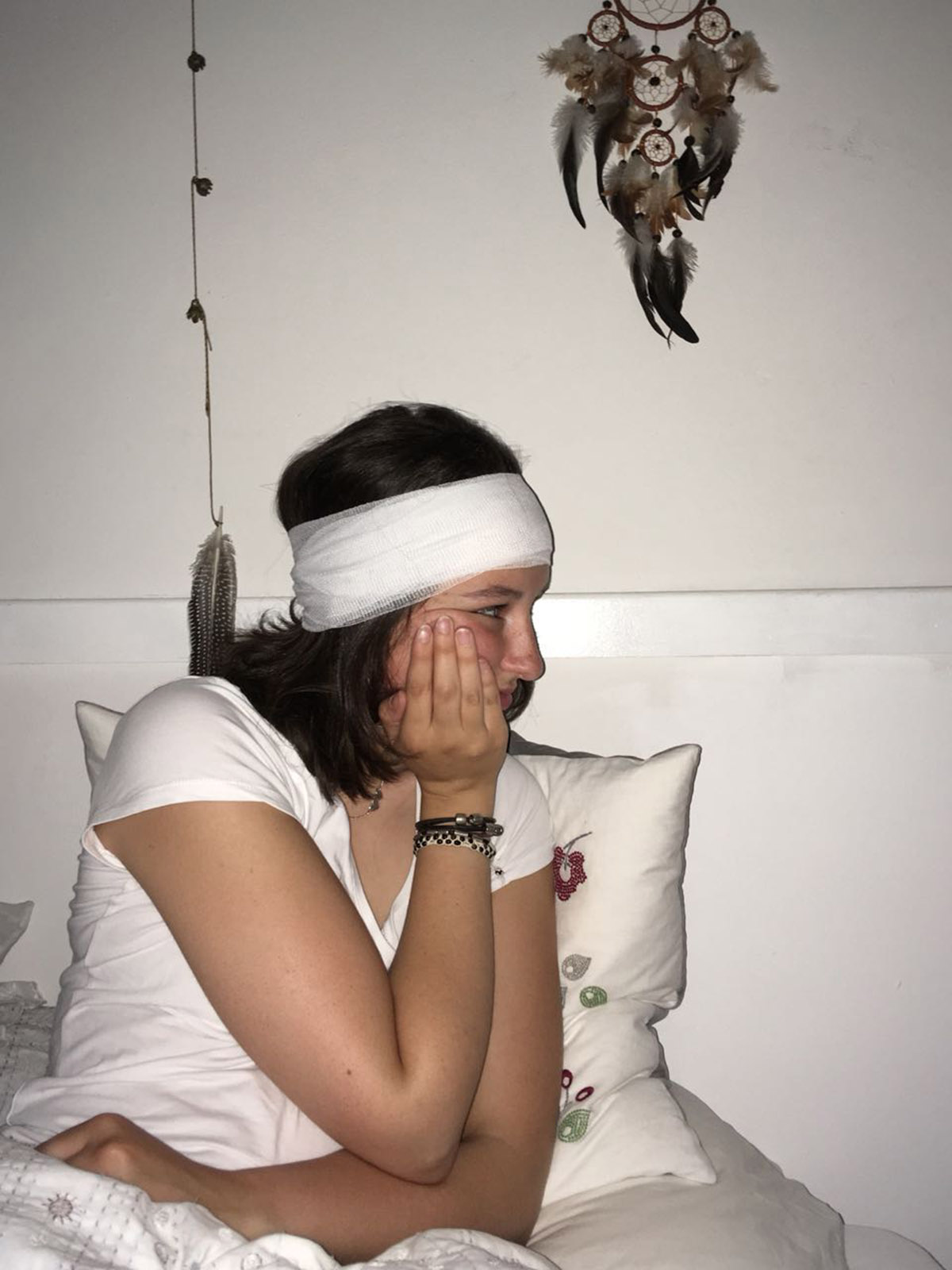
It is a known fact that sleep is one of the most important functions in life. Both mind and body depend a lot on sleep. An interesting thing is that when a person reaches the age of 15 he or she would have slept for a third of his or her life so far, which means five years. However, sleep does not come easy for everyone and those who have problems with it are considered to be suffering from a sleep disorder. The medical term for sleep disorder is somnipathy. There are various types of sleep disorder and some are more serious than others. Certain disorders are known to interfere with a person’s physical and mental functioning. Those who suffer from sleep disorders also have problems with normal emotional functioning. In almost all cases when a sleeping disorder needs to be diagnosed, doctors use a certain test called polysomnography. There are also a lot of causes which lead to sleep disorders.
Common disorders
There are lots of sleep disorders but some occur more often than others.Primary insomnia is such disorder and a lot of people are diagnosed with it. Those diagnosed with primary insomnia have problems falling asleep and maintain sleep once they fall asleep. Bruxism is a medical term for involuntarily grinding or clenching of the teeth. This action occurs when a person is asleep. Delayed sleep phase syndrome is an interesting disorder because a person diagnosed with it has no problems with sleep apart from not being able to either wake up or fall asleep at socially acceptable times. Advanced sleep phase syndrome is a similar disorder.A person who breathes abnormally shallow or suffers from a slow respiratory rate during the time of sleep is considered to be suffering from a certain syndrome called hypopnea syndrome. Narcolepsy is a pretty common sleep disorder and it is characterized by excessive daytime sleepiness. It is not uncommon for a person with narcolepsy to fall asleep unwillingly at inappropriate times. Apart from these most commonly seen, there are some other sleep disorders like cataplexy, night terror, parasomnias, periodic limb movement disorder, rapid eye movement behavior disorder, restless leg syndrome, sleep apnea, sleep paralysis, sleepwalking, nocturia and somniphobia.
Types of sleep disorder
Dyssomnias is a large category of sleep disorders. These sleep disorders are characterized by either insomnia or hypersomnolence. The experts have divided this category into three subcategories. These subcategories are intrinsic, extrinsic and disturbances of circadian rhythm. When intrinsic disorders are considered, the problem arises from within the body and when extrinsic disorders are considers, they come in second place after environmental conditions. The most common sleep disorders which fall into this category are insomnia, narcolepsy, sleep disordered breathing like snoring, more than one type of sleep apnea and upper airway resistance syndrome, restless leg syndrome, periodic limb movement disorder, hypersomnia and circadian rhythm sleep disorders such as delayed sleep phase syndrome, advanced sleep phase syndrome and non-24-hour sleep-wake syndrome. Another big category of sleep disorders is parasomnias. Sleeping disorders which fall under this category are usually involved with abnormal and unnatural movements, behaviors, emotions, perceptions and dreams. Some of the parasomnias sleep disorders which are most commonly seen are sleep terror, REM, sleepwalking, tooth-grinding, bedwetting, talking in sleep, sexomnia and exploding head syndrome. There are also medical or psychiatric conditions which are also known to cause certain sleep disorders such as psychosis, panic, alcoholism and mood disorders such as depression and anxiety for instance. Sleeping sickness is also known to cause problems with sleeping as well. This is a parasitic disease.
General principles of treatment
The experts have made four main categories when treatment of sleep disorders are considered. These categories are behavioral and psychotherapeutic treatment, rehabilitation and management, medication and other Somatic treatment. It is important to know that before the treatment can be used, the patient’s diagnosis, medical and psychiatric history and his or her own choice are all taken into consideration. The underlying condition needs to be discovered as well. It is not uncommon that the doctors decide that the best way of treatment is for two or even three of these treatment options to be mixed. In most cases medications and behavioral and psychotherapeutic treatments are mixed. The experts agree that in a majority of cases of sleep disturbance medications and Somatic treatments are mainly used due to the fact that they provide the best possible results. The data shows that chronic sleep disorders affect more than 70% of children who have developmental or psychological disorders. Sleep-phase disruptions are more common among older children due to their school schedules. The doctors will almost always try solving the problem with the application of modifications in sleep hygiene before moving to the medical treatment.


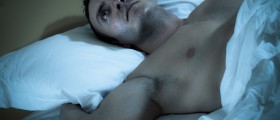
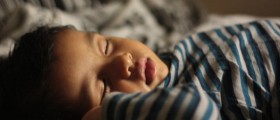
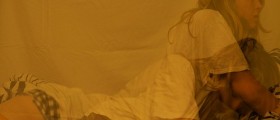
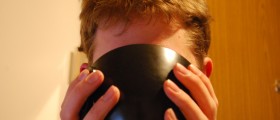

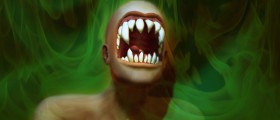
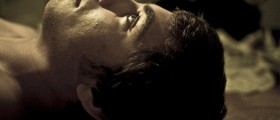
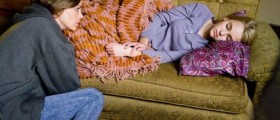
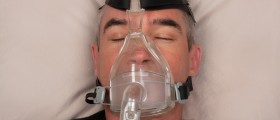
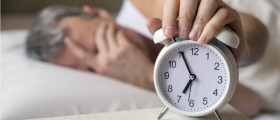




Your thoughts on this
Loading...